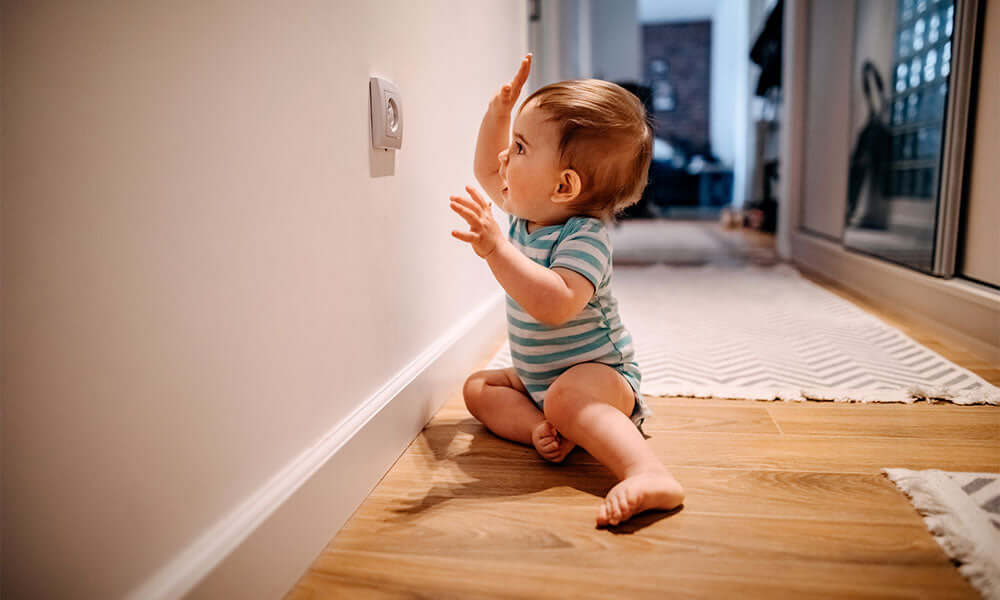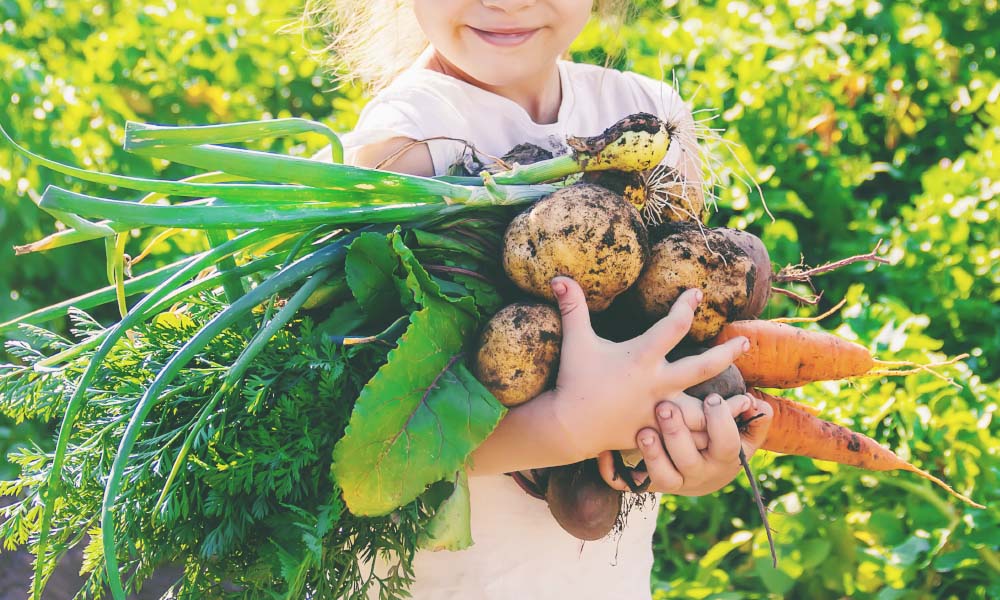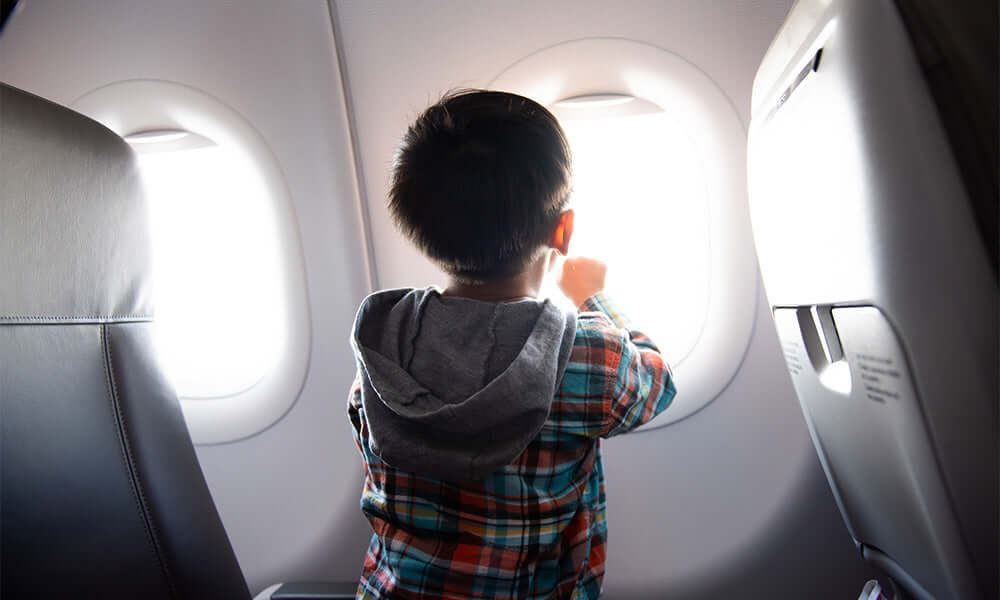The world your child is growing up in can be a rich and fascinating place. At the same time, it can be awash with potential safety hazards. Part of the challenge of being a parent is making certain that your child feels safe and secure in spite of these.
There’s no way to completely limit their exposure to risks, at least not without limiting their life experiences. Yet, there are some sensible and practical steps you can take to ensure that they can be in a safe environment.
Ensuring Neighborhood Safety
Safeguarding your neighborhood can be a bit more challenging as you don’t necessarily have as much control over the environment as perhaps your home. But a few mindful choices and actions can help you to keep them safe.
There are various qualities you can look for to identify neighborhoods that have safe places for children to play. These include:
- Traffic: Looking at local traffic activity is a good place to start to avoid accidents. When visiting a neighborhood, take a moment to assess how frequent and fast cars are in the places your kids might be playing.
- Accessibility to city parks: Having a dedicated play park near your intended residence can mean you can minimize your children playing in potentially unsafe areas. That said, it’s also wise to check out the quality of these parks first. Look for current photos on the city’s website and visit the park to see how well-maintained the equipment and space is. Online reviews from other parents can also be useful.
Once you’ve moved into a property, you can boost neighborhood safety by collaborating with other local parents. This could be as simple as having friendly relationships in which everybody is aware of one another’s children and are willing to say something if they see something. It can also be vital to set up communications channels, such as group chats, to advise one another when there are potential local issues or areas of concern.
Restricting Access to Hazards
Children tend to be curious, but that doesn’t mean you have to keep them in a protective bubble. Particularly with younger children, one of the ways to keep them safe is to restrict their access to hazards in the first place, and they may not fully understand the dangers.
Stairs
Stairs can be a significant injury risk for young kids. This is particularly the case if they’ve just started to walk or when they’re prone to recklessly running around. Ideally, this is something you can prevent by explaining the dangers of stairs. However, in the meantime, investing in baby gates for the top and foot of the stairs can be a good preventative measure.
Our pick for gates is Summer by Ingenuity The Thruway 52W Series with Glide Open. It has GlideOpen technology for a hands-free open with a foot pedal if a caregiver has their hands full, plus traditional door opening. It's great for keeping both kids and pets where you need them to be in your home.
Air Quality
While it is not a physical hazard, having poor air quality in your home can be particularly problematic for younger children. By installing air filters in your home, you can protect your child’s respiratory health and also prevent them from getting ear, eye, and nose infections. Investing in good indoor air quality can also help adults who have asthma, allergies, or other chronic respiratory issues.
Chemicals
Until kids can safely interact with household chemicals, it tends to be better to restrict their individual access to these. Alongside replacing chemicals with natural substitutes wherever possible, placing them and cleansers in places too high for little hands to reach is a good start. If this isn’t possible—such as under kitchen sinks—installing safety latches can be a solid solution. That said, you can curb their curiosity by explaining what the products you use are, what they’re used for, and what safety measures you take when using them.
Pools
Having a home pool is great both for fun and also boosting your kids’ confidence in the water. Unfortunately, drowning is also the leading cause of unintentional death of children aged 1 to 4 years, according to the Department of Homeland Security. Keeping kids safe from this means restricting their access to the pool when they’re not supervised. Placing a gated fence around the pool can be a good measure, as can installing a hard cover. It’s also wise to use an alarm to alert you should your kids overcome these obstacles.
Creating and Sharing Plans
Prevention is certainly the best approach when it comes to safeguarding your little ones. Still, accidents will occasionally occur. It’s important to create clear plans about how to respond to these effectively. Sharing these and involving your kids in these plans, even from a young age can help them to both act effectively and feel safer.
Fire
Taking steps to explain and make plans for fire safety in the home and garage helps keep your family safe. You can consider talking to your kids about what the fire hazards in both areas are, from stacked newspapers to unattended stove tops. You also need to determine exit routes from each area of the house that your children can use in an emergency. Calmly talk to your kids about the signs of fire and where they need to go. Creating maps of this together can add some fun to the process.
Medical emergencies
Medical emergencies can be stressful for anyone. Wherever possible, ensure your kids have some knowledge of what to do in a medical situation. This may include some basic first aid actions that you can add to as they get more confident and capable. Take them through dealing with cuts and using the family first-aid kit, all the way through enrolling them in a young people’s cardiopulmonary resuscitation (CPR) course when they’re a little older.
Conclusion
With a few relatively simple safety measures, you can help make certain your kids can both avoid and navigate potential incidents. While some protective actions are useful, it’s also wise to empower your kids. If you start giving them the knowledge and tools from an early age, they’re likely to be both more prepared and more resilient as they get older.



